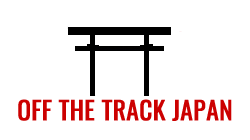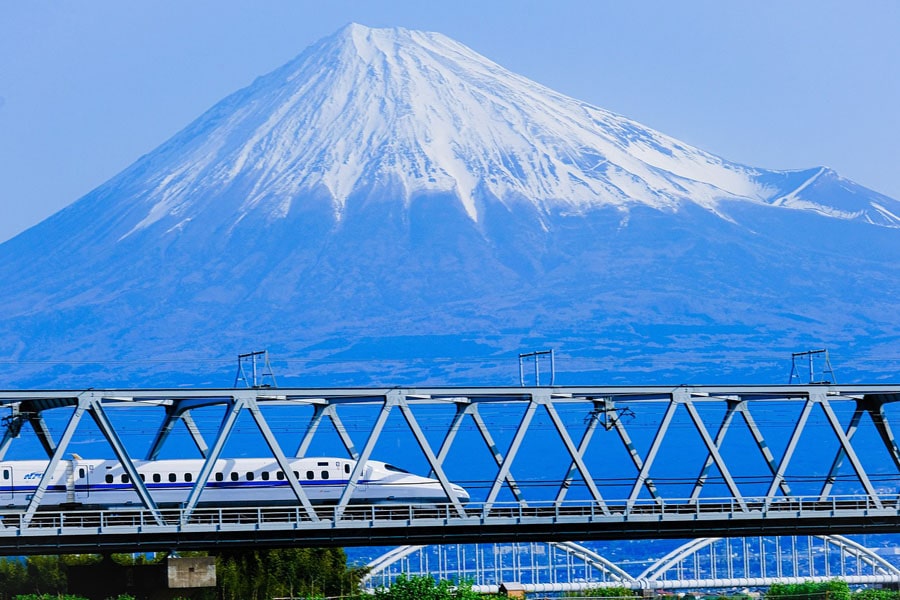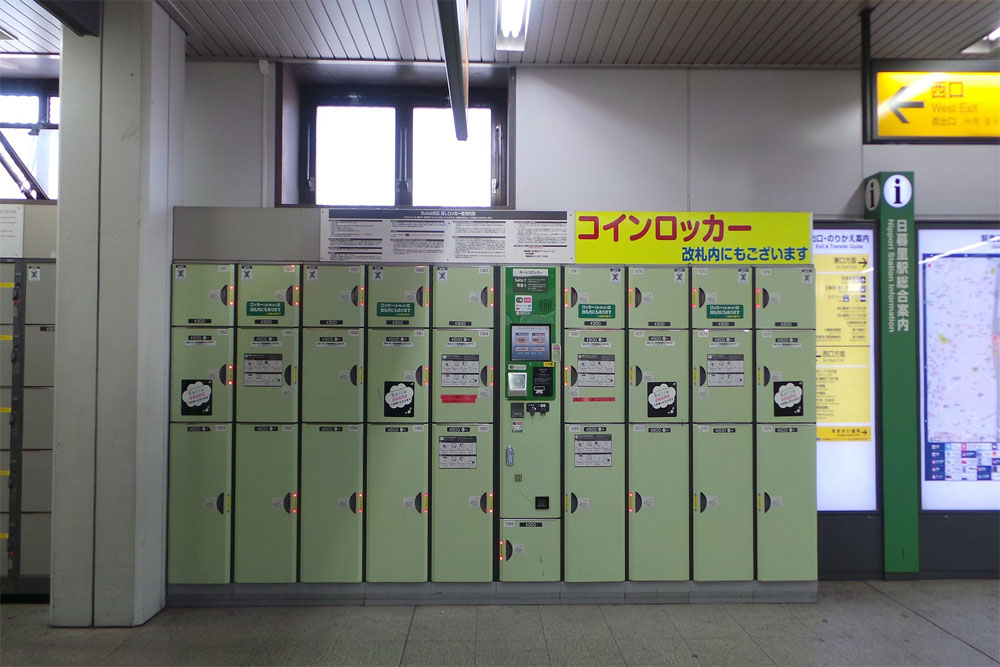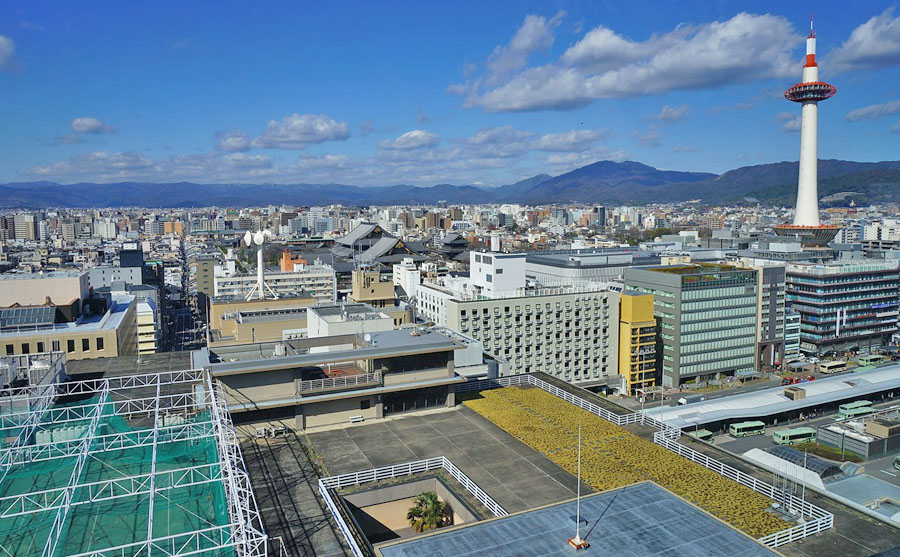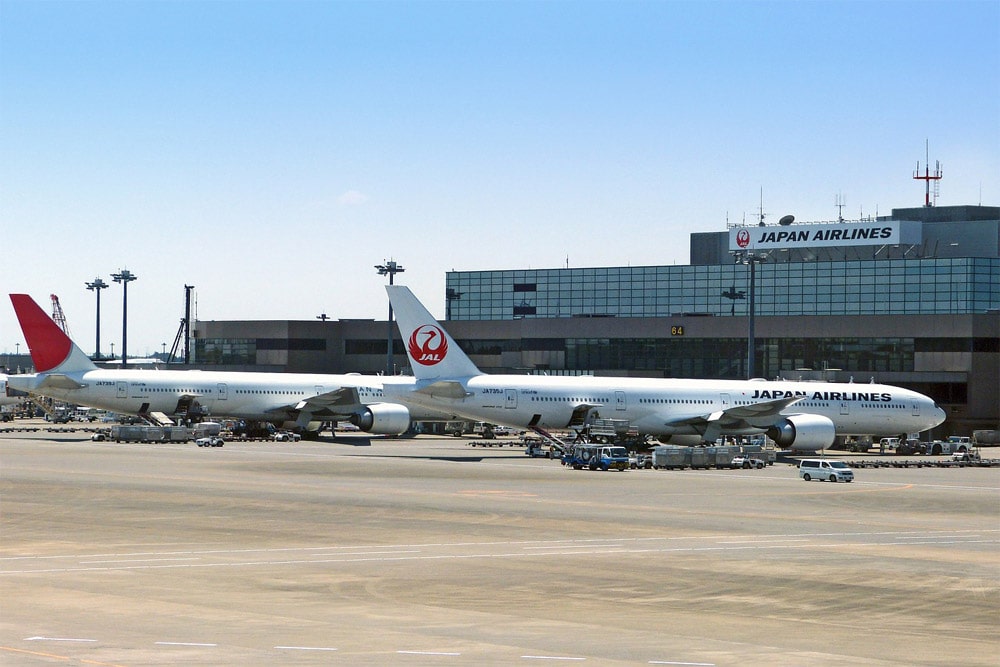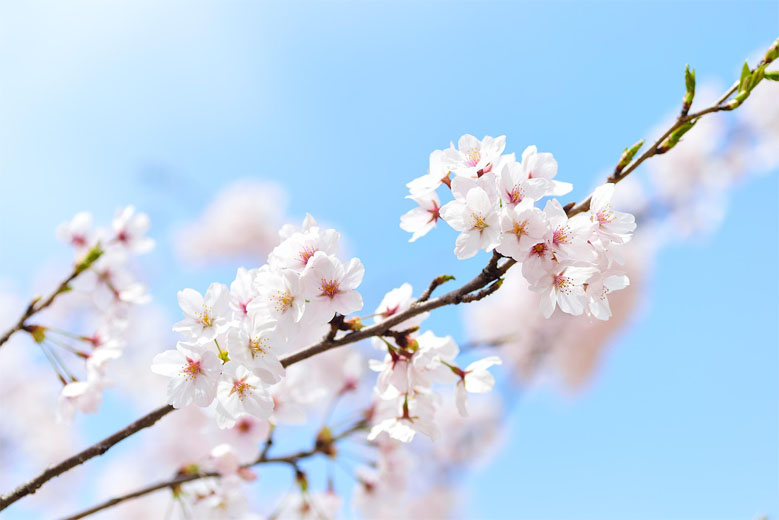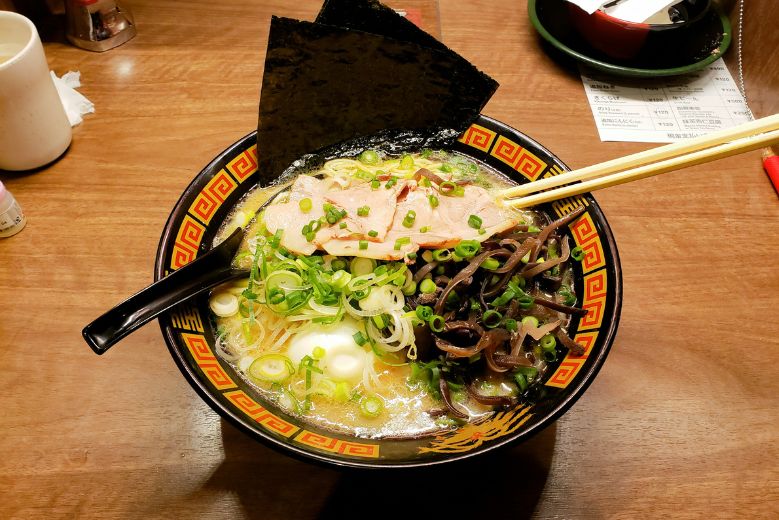
Japan in known for having a wide variety of iconic and delicious foods to try, from the rich creamy broth of ramen, to succulent cuts of beef – Japanese food is an attraction on it’s own. Much like the rest of Japanese culture, there are rules and cultural norms to follow when it comes to eating – Dining etiquette is essential.
To help you savour every moment of your meal, we’ve assembled some of the do’s and don’ts of Japan dining etiquette.
Respect the lines🧍🧍♂️🧍♀️
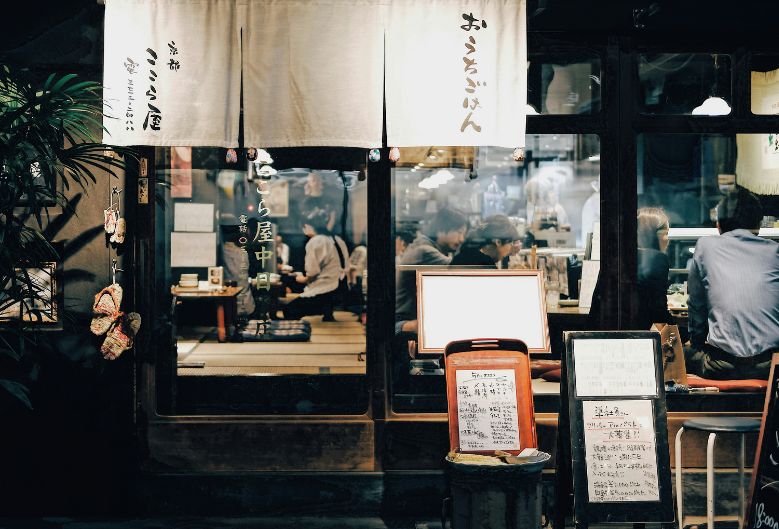
Quite often, you’ll see people queuing up for a restaurant or eatery. This is totally normal. Generally speaking, the longer the line, the more popular a place is. To help manage the queue, restaurants often have a book outside the restaurant where you can enter your name and the size of your party. Simply add your details, and join the queue. When there is a table, then the restaurant staff will call your name and take you inside.
Lines and queues are highly respected in Japan, and queue jumpers are not acceptable. If you can’t wait, then simply find another place to dine.
Calling the server over🙋♂️
Unlike western countries, servers in Japan will often leave you alone for the most part. Apart from bringing you water or tea when you arrive at your table, you generally have to call them over yourself.
Japanese people will raise their arms and loudly and respectfully call out ‘Sumimasen’, meaning’ Excuse me’. If you aren’t confident with Japanese, then make eye contact with one of the restaurant staff and politely raise an arm to call them to your table.
When you are seated, the staff might also point out a button on your table. Not every restaurant has this, but if they do, simply press this button when you want to place an order or get your bill.
If there is a tablet at your table, then no need to call out to the staff, just order directly from the tablet.
Saying 'Thanks for the meal' before you eat🙏
Before many Japanese people eat, they will quickly put their hands together and say ‘itadakimasu’ (try pronouncing like “ee-tah-dah-kee-moss”), a polite gesture that shows appreciation for the meal. This is seen essentially any time a Japanese person sits down to eat. Be a convenience store snack, or at a high-end restaurant, you’ll hear this phrase just about everywhere.
If you want to pay your respect for the meal, try giving it a go.
Learn Table Manners 🥢
Japan has some unique customs with table manners, but they aren’t complicated. Just follow these basic rules;
- Don’t rub your chopsticks together. While it’s fine to do this with cheap wooden chopsticks at your local sushi shop back home, chopsticks in restaurants in Japan typically use much higher-quality chopsticks. As such, rubbing them together could be insulting to the restaurant, effectively saying you think they are giving you cheap chopsticks.
- Don’t stick your chopsticks straight up in your rice; this is a traditional gesture reserved for funerals to mourn the dead.
- Don’t pass food between chopsticks. Instead, pass food to your tablemates with small plates. Much like the previous tip, this passing food between chopsticks is a funeral ritual.
- Don’t dip your sushi in soy sauce – especially important at high-end sushi restaurants. This ruins the integrity of the rice. Sushi is best enjoyed with just a soft drizzle of soy sauce on top of the fish, but not drenching the rice. With some nigiri, you can dip your sushi in the soy sauce, but only the fish side. Additionally, in sushi restaurants, you shouldn’t mix wasabi with your soy sauce.
- Do eat what you order. It’s rude to waste food in Japan. It’s fine if you don’t like something, but make an effort to finish your plate. Ramen broth is an exception to this. Ramen broth is very rich and fatty – if you want to finish it, that’s totally fine, but many leave a bit of broth left over.
Slup those noodles🍜
Japan loves noodles. From thick bouncy noodles (udon) to thin buckwheat noodles (soba), there are countless noodle dishes in Japan. In Japan, slurping noodles is perfectly normal and considered a sign of respect to the chef. Slurping might not come naturally to you, but don’t be afraid to try – you’ll no doubt be hearing noodle slurping throughout the restaurant.
Don't hang around after your meal⌚
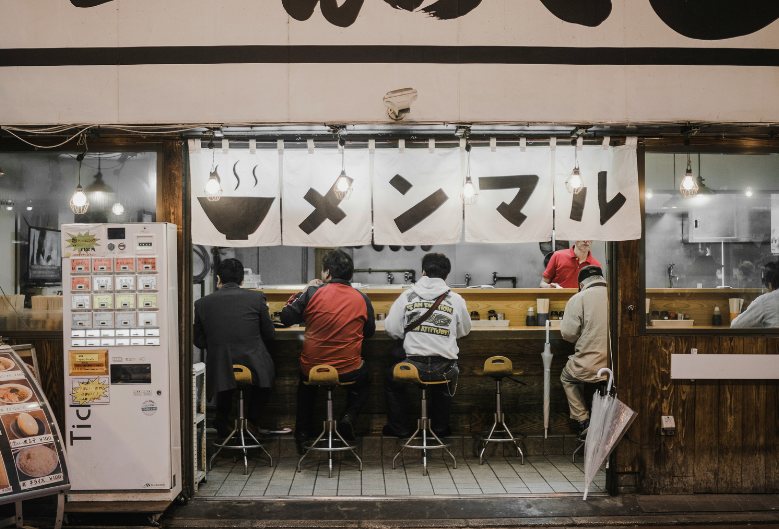
In many restaurants – especially hole-in-the-wall type establishments where seating is limited – you are expected to vacate your seat shortly after finishing your meal or drink. This is because the restaurant often needs to turn over the tables to get the next table sat as soon as possible.
No need to tip💴
Japanese restaurants pay their employees a fair wage, and tipping is not customary. Many servers and staff might look confused at the gesture, and insist on returning the tip. The amount that’s on your bill is what your expected to pay at the end of the meal. It’s as simple as that.
Saying thank you🙇♂️
If you are pleased with your meal, then feel free to share your appreciation with the staff or chefs. Much like itadakimasu, many Japanese share their appreciation for their meal by saying ‘gochisousama’ or ‘gochisousamadeshita’ (try pronouncing like “go-chee-sow-sah-mah”), and bow to show respect.
If you want to go an extra step, you can also try saying ‘zenbu, totemo oshikata’ in addition after saying ‘gochisousama’, meaning ‘it was all very delicious’.
Understanding and practicing Japanese dining etiquette is more than just following rules—it’s a way of showing respect for the food, the host, and the culture itself. By keeping these customs in mind, you not only avoid misunderstandings but also deepen your appreciation of Japan’s traditions. Whether you’re enjoying a casual bowl of ramen or a refined kaiseki meal, good manners will leave a lasting impression and make your dining experience even more memorable. Click here for more Japan Etiquette guides.
Discover Japan with the JR Pass
Discover Japan like never before with the Japan Rail Pass (JR Pass), your ticket to seamless travel across the Japan. Unlock the full potential of Japan’s extensive rail network, renowned for its punctuality, comfort, and convenience.
Discover Japan like never before with the Japan Rail Pass (JR Pass), your ticket to seamless travel across the Japan. Unlock the full potential of Japan’s extensive rail network, renowned for its punctuality, comfort, and convenience. Read More…
Forget the hassle of purchasing individual tickets for every journey. The JR Pass offers exceptional value for money, available in flexible durations ranging from 7 to 21 days, allowing you to tailor your travel experience to suit your itinerary. Read More…
